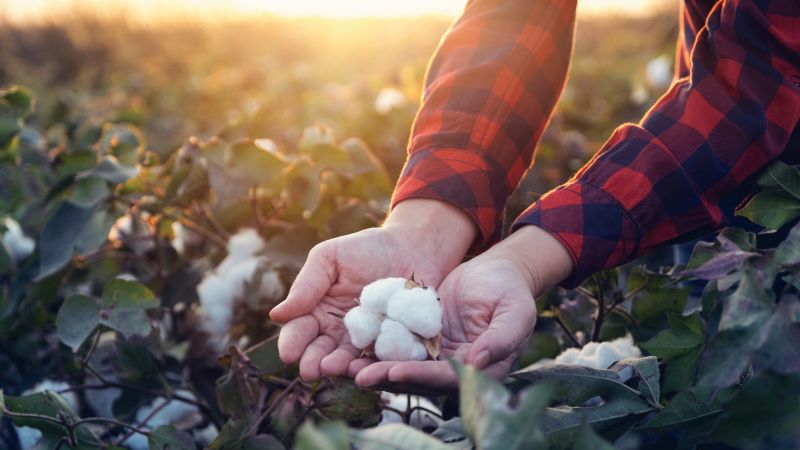A Fresh Look at Stink Bugs
Entomologists from the Southeast have developed new ways of approaching pest management for stink bugs. Their findings are published in a 16-page report entitled Managing Stink Bugs in Cotton: Research in the Southeast Region.
The Cotton Incorporated-funded report is based on a three-year research project cosponsored by the Southern Region IPM Center and cotton support committees from Alabama, Florida, Georgia, North Carolina, South Carolina and Virginia. The project involved revising action thresholds, examining the impact of stink-bug feeding on cotton fiber quality, studying stink-bug distribution across the farmscape and assessing an alternative scouting method.
Project leaders from five states were involved: Ames Herbert, Virginia Tech University; Eric Blinka, Monsanto; Jack Bacheler and John Van Duyn, North Carolina State University; Jeremy Greene, Clemson University; Michael Toews and Phillip Roberts, University of Georgia, and Ron Smith, Auburn University. Private consultants and local growers also assisted in locating stink-bug infested fields and allowed the researchers to conduct tests in those fields.
Scientists began their study with a series of questions:
■ Do regional differences in patterns of stink-bug damage exist?
■ What are the relationships between stink-bug damage, yield and fiber quality?
■ What is the relationship between cotton maturity stage and damage potential?
■ How does the agricultural landscape impact stink-bug movement?
■ What sampling methods and sample sizes are most efficient for stink-bug damage detection?
The team also compared species within the sucking-bug complex, namely plant bugs and stink bugs, to determine which species poses a greater threat to growers.
The trials and analyses over the three-year period provided the answers: The team discovered that stink bugs posed more of a threat because damage symptoms indicated that stink-bug populations were much higher than plant-bug populations. Researchers found that brown stink bugs are common to all states, green stink bugs populate primarily North Carolina and Virginia, and southern green stink bugs primarily populate Georgia.
The data showed that cotton is most vulnerable to economic injury during the third-to-fifth-week of bloom. Based on 49 field trials across the region, a “dynamic” threshold was developed that changed by week-of-bloom. Insecticide applications made by following those thresholds resulted in the highest net returns — from $7 to $34 per acre depending on the level of pest pressure — compared with the currently used “static” thresholds.
Fiber-quality tests showed that stink-bug feeding did not reduce fiber quality when thresholds were correctly applied. However, stink bugs can reduce fiber quality when they are poorly managed.
Add 3 photos:
Green stink bug
Brown stink bug
Internal stink-bug damage









